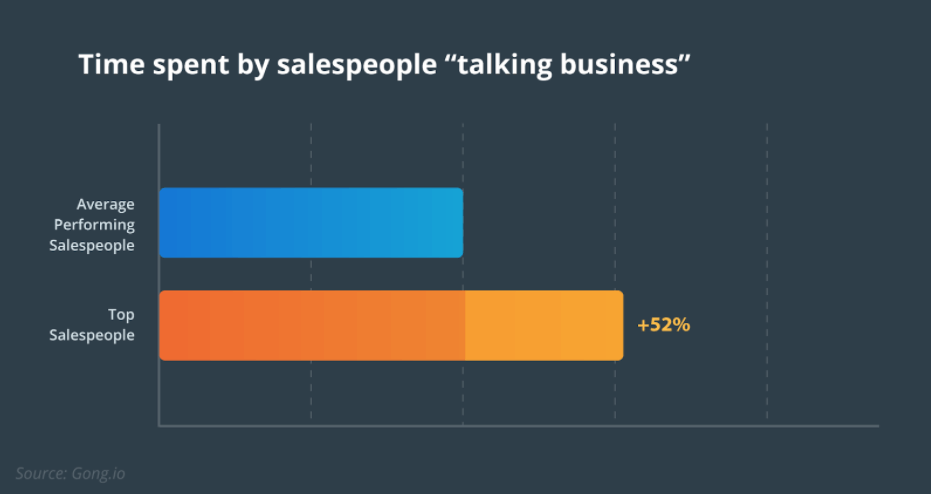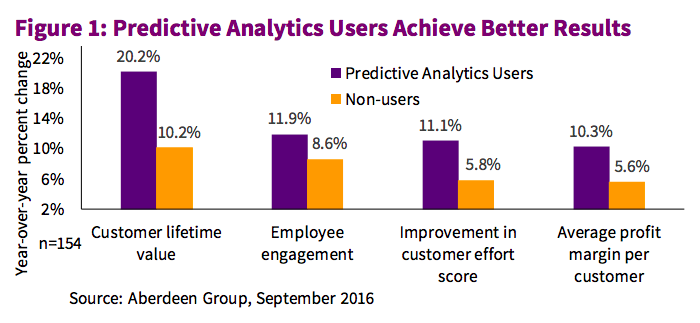Do you think home and contents insurance is broken? Then join us for our Getting the House in Order
series on what’s wrong and how to fix it. Part 1 takes stock of the U.K.’s protection gap and its effect on different demographics.
I’m sure that at some point in life you’ve faced the
too much stuff moment. For me, it was earlier in January, as I sought to escape the post-Christmas blues with a mini-break abroad.
Except – the drawer that once contained my passport now appeared to be home to a multitude of still-wrapped DVDs, a large hardback book, some errant Christmas socks and a pack of comedy coasters.
I located the passport in the end, several layers down. But I had to think: As a nation, we sure have a lot of household contents.
I began trying to quantify the volume of stuff in people’s homes, starting with my own overloaded passport drawer. Then the drawers in the living room, drawers in the kitchen, drawers in my flatmates’ rooms (the mind boggles). Beyond that, the drawers in all the houses along my street. And that’s just drawers. What of the cupboards, floors and lofts? The garden sheds, shelves and trunks? In every city, town and village in the realm …
To stave off insanity – at least temporarily – I decided to do a bit of research. It turns out there are
27.2 million households in the U.K., which means that, for starters, we’re looking at:
And what about that class of possession wherein modern man delights the most: consumer electronics? The U.K. is apparently home to
41,000,000 smartphones,
37,600,000 laptops and
32,800,000 tablet. Now that’s a lot of expensive silicon knocking about!
Today’s contents explosion has not been fueled exclusively by our couch-potato tendencies, let me add. We are a nation of
25 million bike owners, 1.5 million golfers and
825,000 tennis players (weekly), so we’ve got a fair bit of sporting equipment, too.
These two recent trends – gadgetry and fitness – have helped to make our “contents footprint” larger than any previous generation’s. In fact, the Association of British Insurers (ABI), in its
recent Britain Uncovered study, put the value of contents stashed in U.K. homes at £950,000,000,000 (that’s almost £1 trillion!). That’s £35,000 per home, on average, comfortably outstripping the average U.K. salary of £27,000.
So, we’ve established that our small island conceals a scarcely imaginable volume of household contents, which brings us to our principal concern in today’s post: Where on Earth is all the contents insurance?
See also: Can Insurtech Rescue Insurance?
The same
Britain Uncovered study found that 28% of U.K. households had no contents insurance whatsoever. That leaves 16 million people and £266 billion of household possessions unprotected.
— £266 billion of household possessions are at risk in the U.K. —
This figure could be higher still. The ABI estimate was based on the number of
uninsured households only, excluding those that are merely
under-insured. Indeed, the Telegraph reckons that
6.8 million homes (25% of total households) may be under-insured, meaning that only a minority of U.K. homes have appropriate levels of cover.
This contents protection gap has different causes – and solutions – for different people. At buzzvault, we’re pioneering an approach that matches contents cover to customers’ individual needs, whatever they own (
sign up for buzzvault beta here, we’d love to know what you think).
However: tech wizardry on its own never solved anyone’s problems. So it’s more important than ever that insurers truly understand their customers. To help with this, we’ve provisionally identified three demographics whose varying needs aren’t met by today’s providers. Let’s take a look.
Contents Insurance: Renters
As if only getting one shelf in the fridge weren’t bad enough already, “generation rent” miss out in more ways still.
You see, that elusive house purchase isn’t just significant as a first step on the property ladder. A purchase is a major trigger for purchasing insurance, as well. Most home contents insurance is currently sold as a bundle with buildings insurance, which is generally mandated by mortgage providers. So, while homeowners are practically
forced to take out contents insurance, little impels renters to even think about it.
81% of “generation rent” lack contents insurance, at least according to the
Improving Access to Household Insurance report by the Financial Inclusion Commission (FIC). That means we’re looking at a staggering 10.5 million uninsured renters. That’s more than the entire population of Sweden!
No assessment of the travails of renterdom would be complete without a cursory look at our nation’s students. Negative attitudes toward insurance are rife among this demographic. This explains why, despite the average student lugging more than £2000 of possessions along with them to start their studies,
nearly half of them aren’t covered. And this, even though students are possibly God’s gift to burglars.
Many renters could afford contents insurance, and would buy it, if only the thought crossed their mind for more than a second. So there is less a product failing for insurers than a failure to package and market their product in a relevant, customer-friendly way. Indeed, it’s that adage again: I
nsurance is never bought, it’s always sold.
The Financial Conduct Authority (FCA) classifies two-thirds of renters as
potentially vulnerable to harm due to low levels of financial capability and resilience, health issues or risk of life events creating difficulties. Contents insurance could provide a significant umbrella.
Status: At Risk
Contents Insurance: Poorest Households
Only 40% of those earning £15,000 or less each year have contents cover, compared with more than 75% for the highest incomes (according to the FIC’s
Improving Access to Household Insurance). And, in an unfortunate co-occurrence, it is precisely these individuals who are most exposed to household risks — be that house fires, floods or burglaries.
Lower-income households live with 30 times the risk of arson as more affluent households. They’re also eight times more likely to be on tidal floodplains. To cap it all, socially rented housing is twice as likely to be burgled as owner-occupied properties.
These are damning stats. They tell the story of unacceptable numbers of at-risk households having to bear the cost of personal disaster on their own.
Covering total loss from savings is bad enough – worse still is the fact that many poorer households aren’t even in a position to do this. More than 7 million UK adults have less than £1000 in savings
. And less than a quarter of those in social housing could replace a washing machine from savings and income alone (Citizens Advice
Quids in survey).
The financial inclusion debate has so far centered on banking, payments services and affordable credit – but accessible insurance has a part to play here, too. Tackling the protection gap won’t eliminate the savings gap, but it will de-risk it.
To do this, insurers need to find ways to make lower-premium products economically viable. This will almost certainly require new distribution mechanisms to achieve scale, reduce cost and reach people regardless of their level of financial education. Tenants insurance schemes (sometimes called “Insurance with Rent”) are welcome in this regard but have had limited adoption so far.
Status: Highest Concern
See also: Why 5G Will Rock the Insurance World
Contents Insurance: Average Homeowners
Some better news: More than 80% of those owning their home outright or with a mortgage have some form of contents cover in place (FIC:
Improving the Financial Health of the Nation). However, these customers aren’t home and dry. More often than not, they have inadequate cover for the value of their contents.
What we have here is endemic under-insurance, where coverage isn’t absent but is still patchy – leaving few people with optimal protection.
When taking out insurance, people typically underestimate the value of their belongings by 40%. In the event of a total loss, this means they can recover max 60% of the value of their stuff. And many insurers operate an averages clause, whereby this percentage (representing the degree of under-insurance) is applied to all claims.
To give you a flavor: Over the past three years,
6% of people have missed a typical pay-out of £1000 from their home insurance providers because they haven’t bought the right level of cover, according to a poll of 2,000 Britons by insurance broker Swinton Group.
The main reason for under-insurance is the steady creep in home contents value. This, we estimate, grows by an average of 24% over a three-year period. While the rhythm for updating insurance policies is generally annual, we update our possessions daily, weekly and monthly.
A one-size-fits-all approach to contents insurance doesn’t just lead to poorer households tending to pay over the odds. It can also lead to wealthier households paying too little – and then being hit with the consequences, without warning, when it’s time to claim.
Topping up homeowners insurance isn’t as great a social good as providing a financial umbrella for the nation’s neediest households. However, much work for the insurance industry remains to be done here that could justifiably be called low-hanging fruit. These households are, after all, already receptive to insurance and tend to own the most stuff.
Status: Vulnerable
We will revisit all these themes in greater depth as this series progresses. Next, we’re looking at what can be done about the low adoption and engagement that insurance products have traditionally faced.
It’s a certainly a challenge to sell a product no one covets or, in the main, understands. But rather than waiting for the public to start caring, the industry should explore ways to take insurance out to its customers: one approach being to embed it into other services customers
do care about.
























